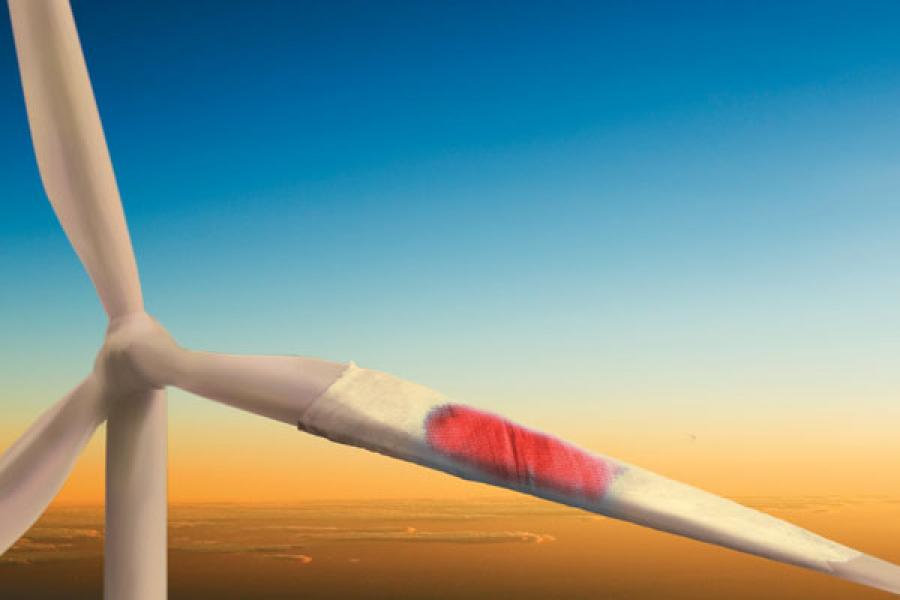
The Year that Was: How Not To Go Global
Its slapdash manner has come back to haunt India's largest wind energy company. It is a tale of caution for those expanding abroad
The coffers are running thin at Suzlon Energy, India’s largest and the world’s fifth largest wind energy company. This entrepreneurial showcase of yesterday is squeezed today in a mountain of debt, dwindling order book and a pile of inventory and receivables.
The logjam makes it difficult to raise money for acquiring a further 15 percent in Germany’s REpower, which has a superior technology that Suzlon could benefit from. But Suzlon’s frustration with REpower will not end with that. The banks that have lent to the German firm will not allow domination by the Indian owner for three years. So, despite a 76 percent stake, Tanti is nowhere near becoming an insider at the German firm.
Till he hit the Forbes List of 40 Richest Indians in 2005, not many folks had heard of Tanti. With an overwhelming 50 percent share of the Indian market, he set his sights on the global stage, gobbling up two major acquisitions: Hansen and REpower. Tanti’s business and fame grew across three continents: North America, Europe and Asia.
Today, for a host of Indian companies waiting in the wings, Suzlon is the cautionary tale of an entrepreneur — someone who took the plunge into global markets without building adequate management and technological capabilities.
And like the company’s blades, cracks in Tanti’s craftily built wind empire over 13 years are now glaringly visible.
By 2005, the company’s engineers had already developed a prototype of a high powered turbine. Tanti figured he could use this to sell 2.1 MW turbines in the world’s largest wind turbine markets: The US and Europe. But in his urgency to expand globally, Tanti short-circuited the due-diligence process.
In April 2008, the Wall Street Journal broke the first in a series of seven stories on Tanti’s crumbling wind energy business. It talked of Suzlon-supplied blades that had developed cracks across various installations in the US.
As the storm on the blade failure incident raged, Tanti faced the brunt of a senior management exodus. Company executives said their exit had a lot to do with the way Tanti went about driving his entrepreneurial venture.
The one thing he did right was to appreciate the technological limits of Suzlon. REpower was Tanti’s quick fix. Yet 20 months after the acquisition, none of the strategic advantages have materialised. “We knew about the German law that restricts technology transfer,” said the banker who advised Suzlon. But Tanti was in too much of a hurry to pay attention.
It seems that Tanti understands resurrecting Suzlon will take nothing short of a miracle. Recent organisation changes sent out a clear message: He was coming back to take charge. There is a better focus on the domestic market. Orders from abroad are trickling in again.
- This article was earlier published in Forbes India magazine dated June 5, 2009
WHY DID WE DO THE STORY
Way back in 2008, a series of blades cracked in windmills in the United States. Indian company Suzlon had supplied those blades. As things turned out, it was just the beginning of the problems for the company. As we closely watched Suzlon, we could see Tulsi Tanti’s global wind energy empire which he had painstakingly built, beginning to show cracks. Soon, Suzlon Energy was in the middle of a crisis — customers complaints about quality increased, the order book dried up both in the overseas and home markets, its ambitious takeover of Germany’s Repower got mired in trouble and Suzlon’s intense borrowing landed it in a debt crisis. With the financial meltdown and a bleak outlook for the wind energy sector forming the backdrop, the company’s share price tanked.
Getting to the bottom of Suzlon’s troubles was tough as the company didn’t give us official access. Some senior executives at the company spoke to us on the condition of anonymity. Then we contacted Suzlon’s major clients in the US, REpower employees in Germany, bankers and lenders in India and global wind energy experts. The story saw the light of day after a year of research and reporting.
WHERE DOES THE STORY STAND
Suzlon Energy is not really out of the woods yet. New orders that shareholders and investors expect have been far and few. There have been no big ticket orders in overseas markets and the new orders are mostly small contracts from the Indian operations.
The financial restructuring is still on. The company which scrapped a rights offer last year when markets had tumbled has negotiated a relaxation of financial covenants, reworked its debt that it had taken to acquire 91 percent of REpower.
In November 2009, it also sold a 35.2 percent in Hansen Transmissions, its Belgian gearbox making unit, to raise about $370 million. And lately the company has managed to reduce its net debt by a fourth to Rs. 10,488 crore. The wind energy industry is still suffering due to the lack of investments in large scale wind farms in mature markets. Suzlon’s share price, too, has fallen by half from its peak touched during the last year’s rally.
(This story appears in the 04 June, 2010 issue of Forbes India. To visit our Archives, click here.)
Post Your Comment















